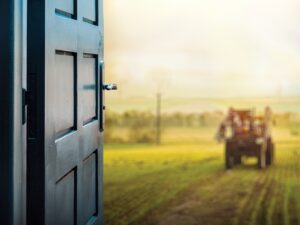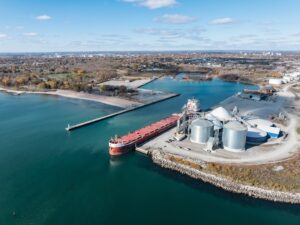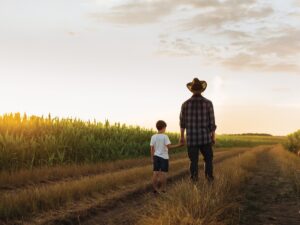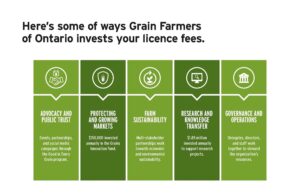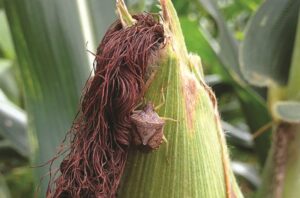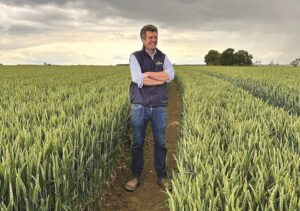Observations from Brazil
WHAT BRAZIL CAN TEACH US ABOUT ENVIRONMENTAL PRESERVATION
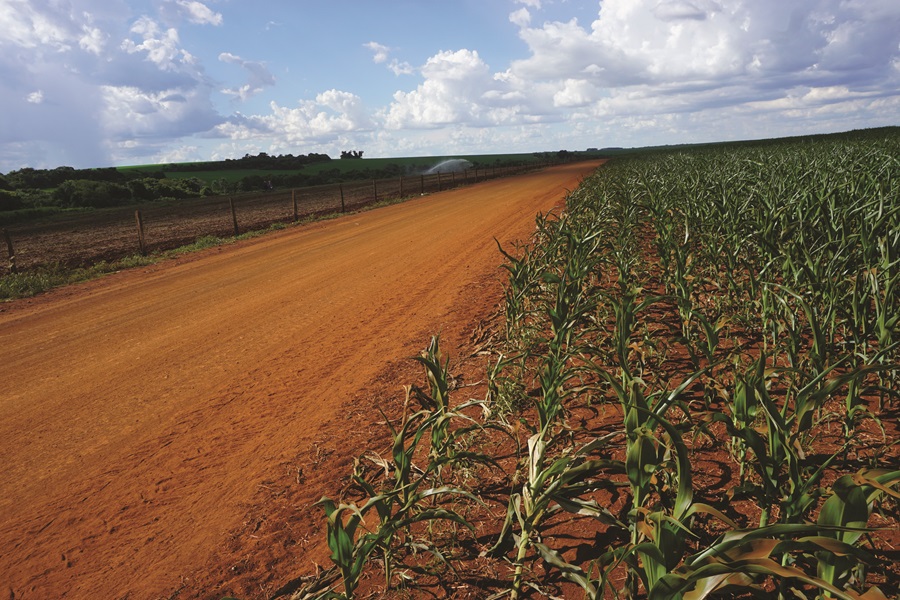
EDITOR’S NOTE
Matt McIntosh is a regular contributor to Ontario Grain Farmer and is a 2024 contemporary Nuffield Scholar, researching initiatives helping landowners conserve or re-establish ecologically and culturally significant areas — without harming farm viability. In March 2024, he travelled to Mato Grosso do Sul in Brazil for Nuffield International’s annual Contemporary Scholar Conference. In this piece, Matt highlights his observations of visiting the Brazilian countryside and hearing from those working in Brazilian agriculture. The opinions expressed in this article are those of the author.
BRAZIL IS KNOWN WORLDWIDE AS AN AGRICULTURAL POWERHOUSE, particularly when it comes to grains and beef. Having visited the country and the central-western state of Mato Grosso du Sol specifically, the truth of this reputation was immediately clear upon seeing the countryside. From the far-removed plane window to field walks, the scale of Brazil’s agricultural capacity is astounding.
Perhaps more surprising is the level of environmental preservation and emphasis on biodiversity shared by some within the farming sector. For those of us from a political environment focused largely on carbon or from areas long-devoid of native landscapes, how the Brazilians manage their environment is something to watch.
When it comes to promoting biodiversity, it might even be something to learn from.
PROFILE OF OUR COMPETITION
Mato Grosso do Sul is one of Brazil’s major grain and beef-producing regions. With soil not dissimilar in colour to the deep red characteristic of Prince Edward Island, local grain growers are able to take advantage of the region’s long and hot — emphasis on hot — growing season to produce multiple crops each year.
Indeed, the seemingly continuous growing season generates striking vistas. This includes, for example, newly planted corn fields alongside chest-high corn crops, ready-to-harvest soybeans, and sugarcane in various stages of growth. That’s to say nothing of towering eucalyptus tree plantations, which, thanks to the heat and significant annual moisture, reach their full height within a mere seven years of planting.
The scale of production in Mato Grosso du Sol and other states within Brazil is matched by the size of farms and infrastructure.
The landscape is dotted with large grain elevators everywhere, which is good for the area’s farmers, considering the logistical challenges of transporting bulk commodities vast distances over poor rural road networks. The highway grid, conversely, is expansive and (arguably) well-kept. The state government is currently working on a cross- border highway with countries to its west in an effort to bring commodities directly to Pacific Ocean ports — thus eschewing the need to ship via the Panama Canal or the southern tip of South America. It’s sure to be quite the leg-up for an already highly competitive grain production area.
The sheer scale of some farm businesses is, in a word, astounding. As someone who regularly speaks with producers managing thousands or tens of thousands of acres, I found it almost incomprehensible that a handful of people can, for example, acquire and manage 220,000 hectares — enough land to encompass all of Essex County, plus a significant chunk of Chatham-Kent. I found myself wondering what the social implications of land ownership on this scale were or the outsized impact one or two large farmers could have on global markets, even when making seemingly small business decisions.
AN ENVIRONMENTAL MODEL?
Brazil is often associated with deforestation and ecological destruction, particularly in the Amazon. This is not incorrect, although reality is (predictably) more complicated.
The latter half of the 20th century saw concerted efforts by Brazil’s public and private sectors – the line between them likely blurred during periods of dictatorship – to conquer the forest for agriculture. As one speaker described, this led to very high levels of deforestation and served as the basis on which much of the world views Brazilian agriculture.
For many years, however, the national government has enforced regulations preserving significant portions of the country’s natural landscape. In the Amazon basin, for example, landowners are required to keep a minimum of 80 per cent of their land under forest. In Mato Grosso do Sul, the minimum requirement is 20 per cent. Maintaining Permanent Preservation Areas along slopes, waterways, and mountaintops is also required. How this plays out on the ground is surely complex, and both legal and illegal deforestation were cited as ongoing challenges. Regardless, the fact that Brazilians long ago identified nature preservation as critical to their nation and its global brand is forward-thinking.
More than one conference speaker highlighted Brazil’s emphasis on biodiversity and significantly greater investment in biofuels as an alternative to carbon- focused policies. Carbon was identified as a “northern hemisphere issue” several times. Given that my Nuffield research topic focuses on environmental restoration, I found this perspective intriguing and, perhaps, a potentially useful approach to solving a variety of environmental problems at home. •



